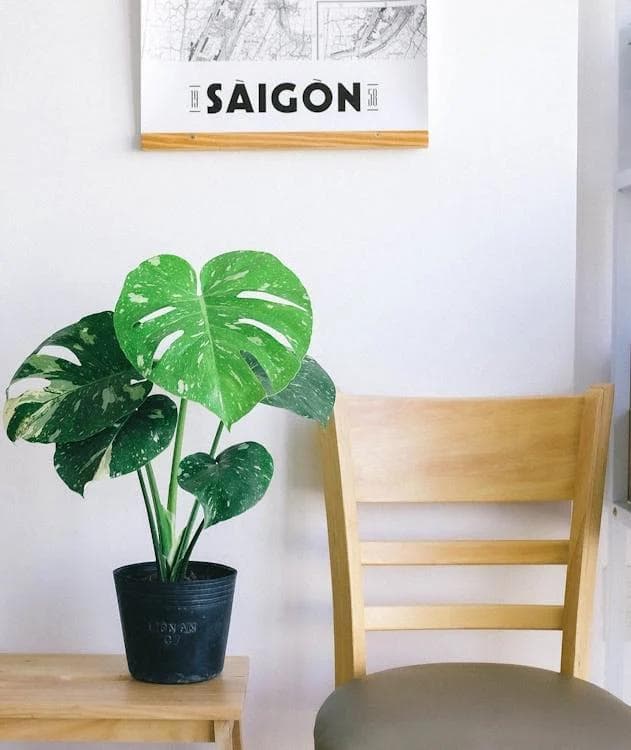Creating the perfect environment for your Monstera plant is essential for its growth and health. Monstera plants, known for their stunning split leaves, are a popular choice for indoor gardeners. However, to ensure your Monstera not only survives but thrives, it's crucial to mimic its natural habitat as closely as possible. Here's how you can create the ideal conditions for your Monstera plant.
1. Light Requirements
Monstera plants prefer bright, indirect light. In their natural habitat, they are accustomed to the dappled sunlight of the rainforest floor. To replicate this, place your Monstera near a window where it can receive filtered sunlight. Direct sunlight can scorch the leaves, so if you only have a south-facing window, use sheer curtains to diffuse the light. If your space lacks natural light, consider using grow lights to supplement.
2. Watering Schedule
Overwatering is a common mistake with Monstera plants. They prefer their soil to be slightly moist but never soggy. Before watering, check the top inch of the soil with your finger. If it feels dry, it's time to water; if it's still moist, wait a few more days. Reducing watering frequency in the winter months is also advisable, as the plant's growth slows down.
3. Humidity Levels
Monsteras thrive in high humidity environments, similar to their tropical origins. Aim for a humidity level between 60% to 80%. If your home is dry, especially during winter, use a humidifier to increase moisture in the air. Alternatively, placing a tray of water near your plant or grouping it with other plants can also help increase humidity through evaporation.
Shop Plant Watering Globes Now
4. Soil and Potting
The ideal soil for Monstera plants is a well-draining, peat-based potting mix. Adding perlite or vermiculite can improve drainage and aeration, preventing root rot. Ensure your pot has drainage holes at the bottom to allow excess water to escape. Repotting every couple of years or when the plant outgrows its pot is also crucial for continued growth.
5. Temperature
Monsteras prefer warm temperatures between 65°F to 85°F (18°C to 29°C). They can tolerate a slight drop in temperature at night but keep them away from drafts and sudden temperature changes. Avoid placing your Monstera near air conditioning units or radiators.
6. Fertilization
Feed your Monstera with a balanced, water-soluble fertilizer every month during the spring and summer when the plant is actively growing. Reduce feeding to every other month in the fall and winter. Over-fertilization can lead to salt buildup in the soil, so it's crucial to flush the soil with water periodically to prevent this.
7. Pruning and Support
As your Monstera grows, it may need support to mimic the climbing nature it exhibits in the wild. Use a moss pole or trellis to encourage vertical growth. Pruning can also help manage its size and shape, as well as encourage fuller growth. Always use clean, sharp scissors or pruners to make cuts just above a leaf node.
By following these guidelines, you can create the perfect environment for your Monstera plant to flourish. Remember, every plant is unique, so observe your Monstera's response to its care routine and adjust as needed. With a little attention and love, your Monstera will reward you with its stunning foliage for years to come.
